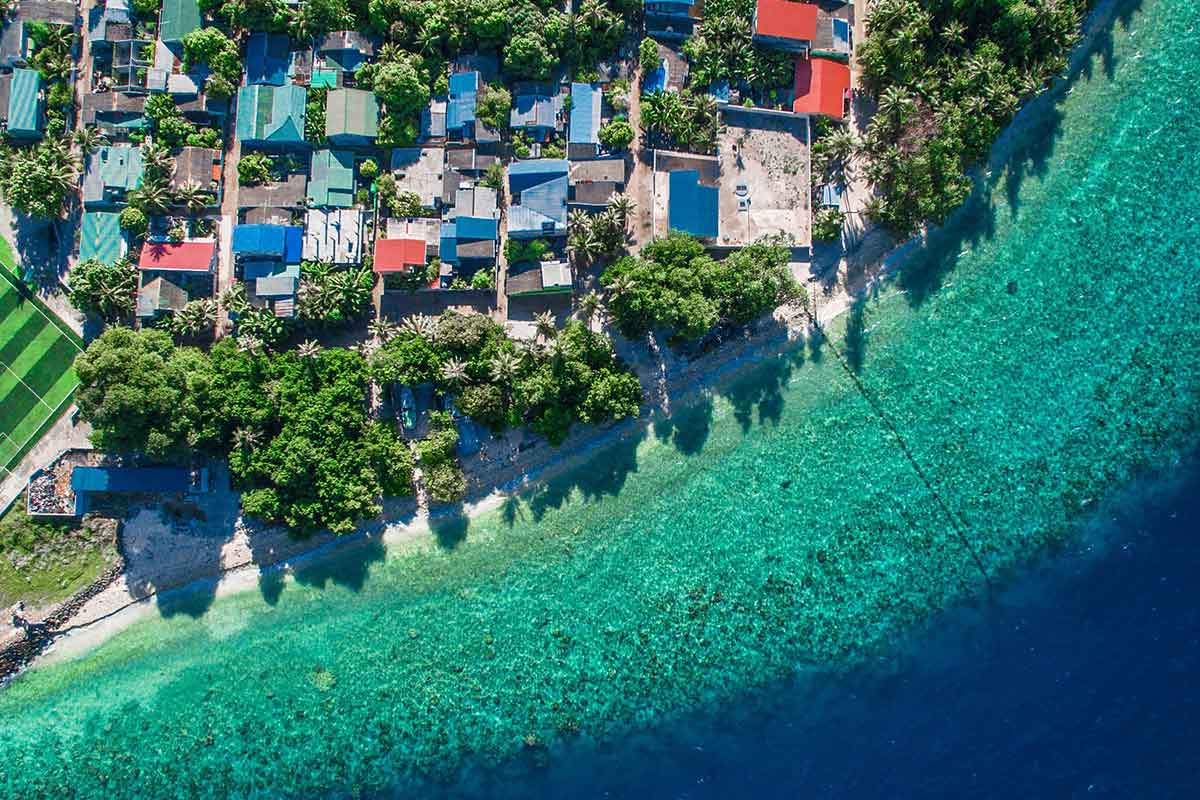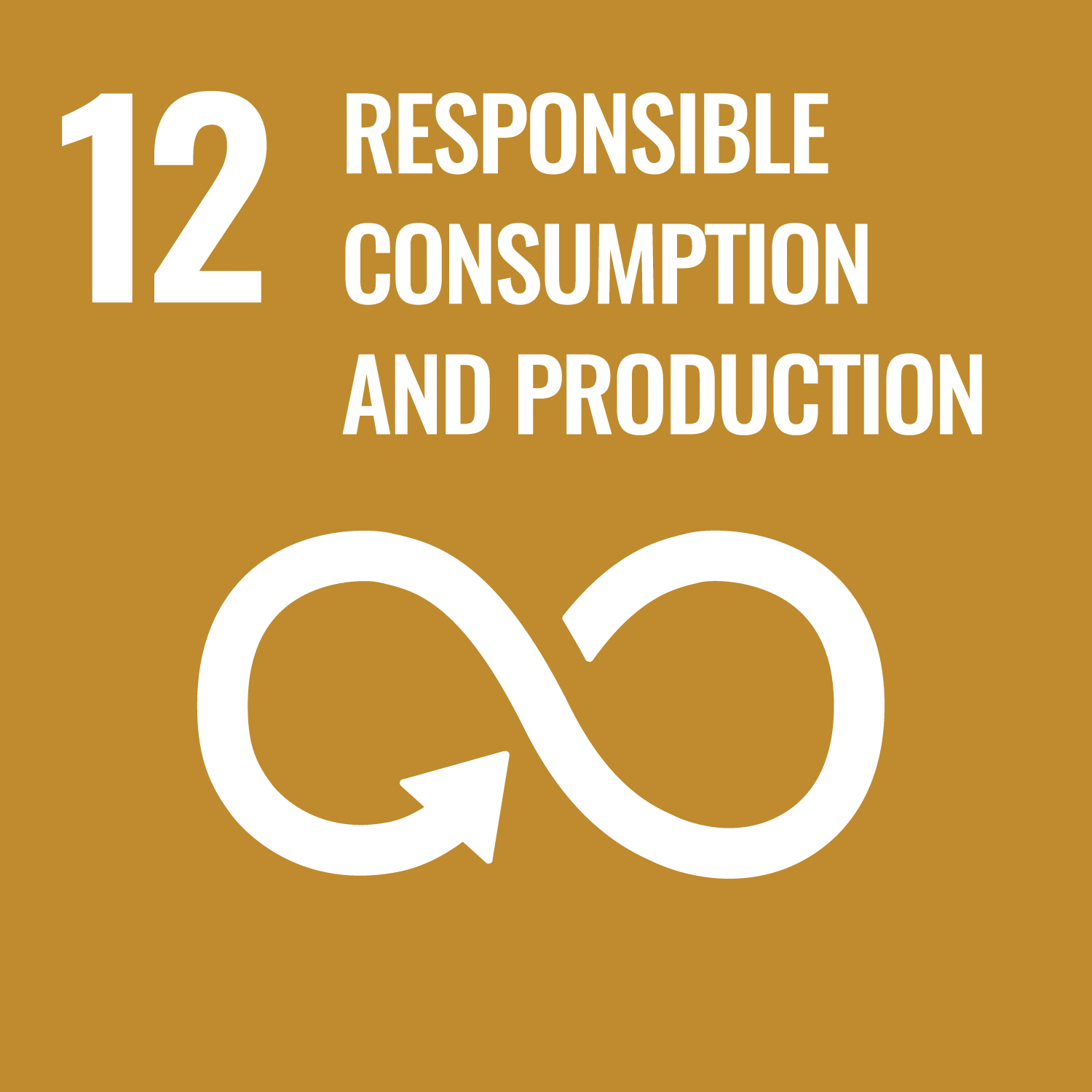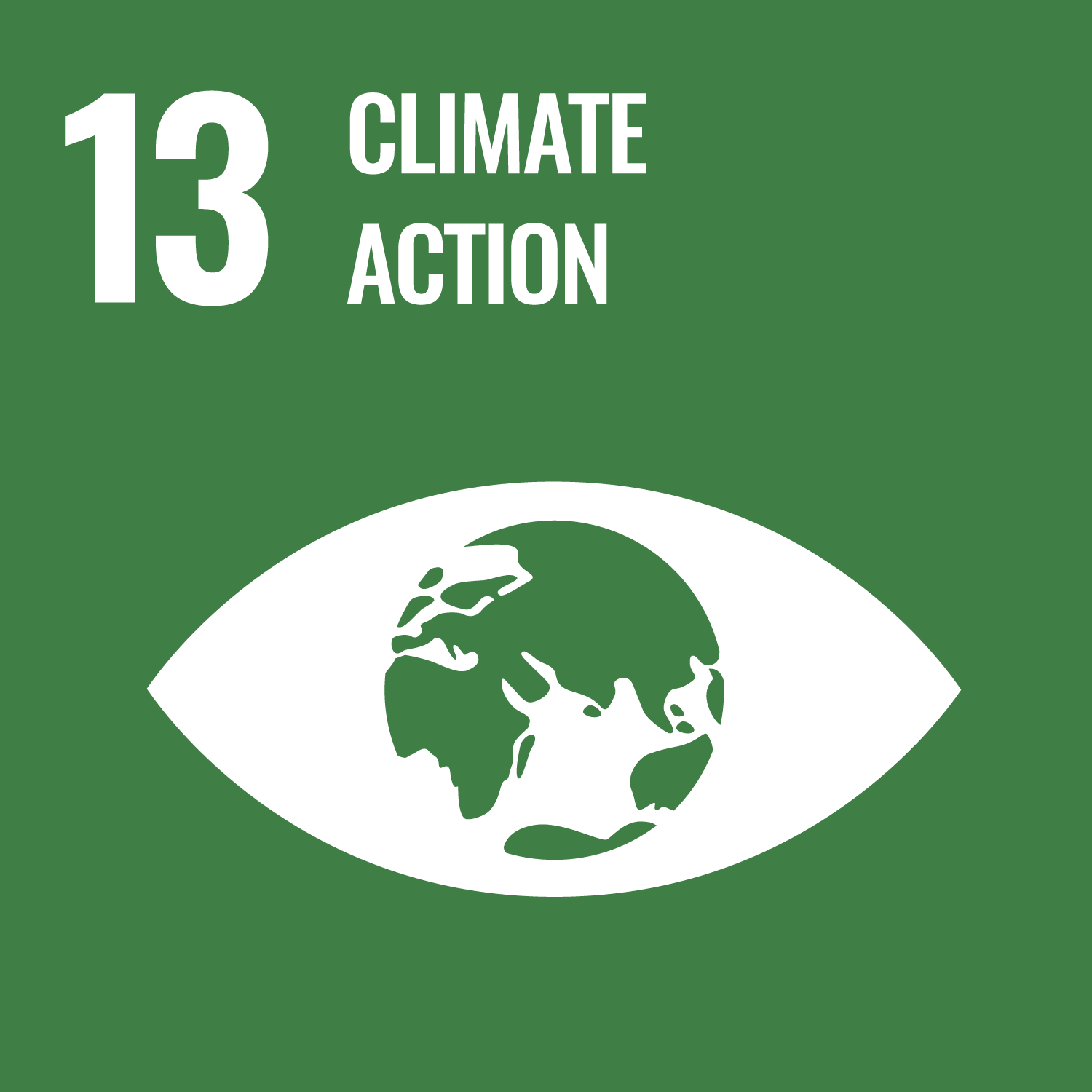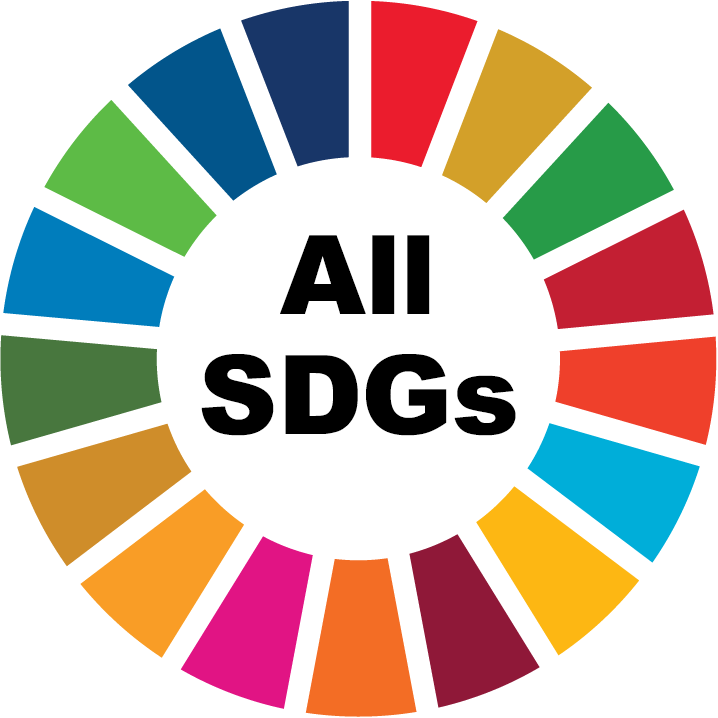Environment and climate
Human activities have been changing the natural environment for thousands of years, at least since the start of early agriculture practices. Throughout history, there are many cases where these activities have created large-scale and disastrous impacts. As we have moved to a more globalized society though, the scale of our impacts on the environment have also increased. In the later half of the 20th Century, human’s environmental impacts notably moved from being localized in nature to becoming cross-boundary (with acid rain) and global (with the hole in the ozone layer). This led to the first international agreements to take collective action to reduce the environmental impacts from human activities.
In the 21st Century, we face new challenges that reveal even further how interconnected our actions are with the world around us. The grand challenges of climate change and biodiversity loss are stark representations of how out of balance human activities are with the wider world around. The evidence is clear, without a dramatic change in the current patterns of human activities and their impacts on the environment, we are set to dramatically alter the climatic stability that we have thrived in for thousands of years, to likely cause the irreplaceable loss of over 1 million species from this planet, to disrupt the basic support systems that humanity depends and to leave huge portions of our planet unhospitable for both human and other life. But the science also tells us that there still remains a potential to alter our patterns of development and prevent the most dangerous outcomes of these environmental impacts; to do so though requires that we fundamentally change human patterns of living to dramatically reduce environmental impacts, land degradation and greenhouse gas emissions by the middle of this century.








